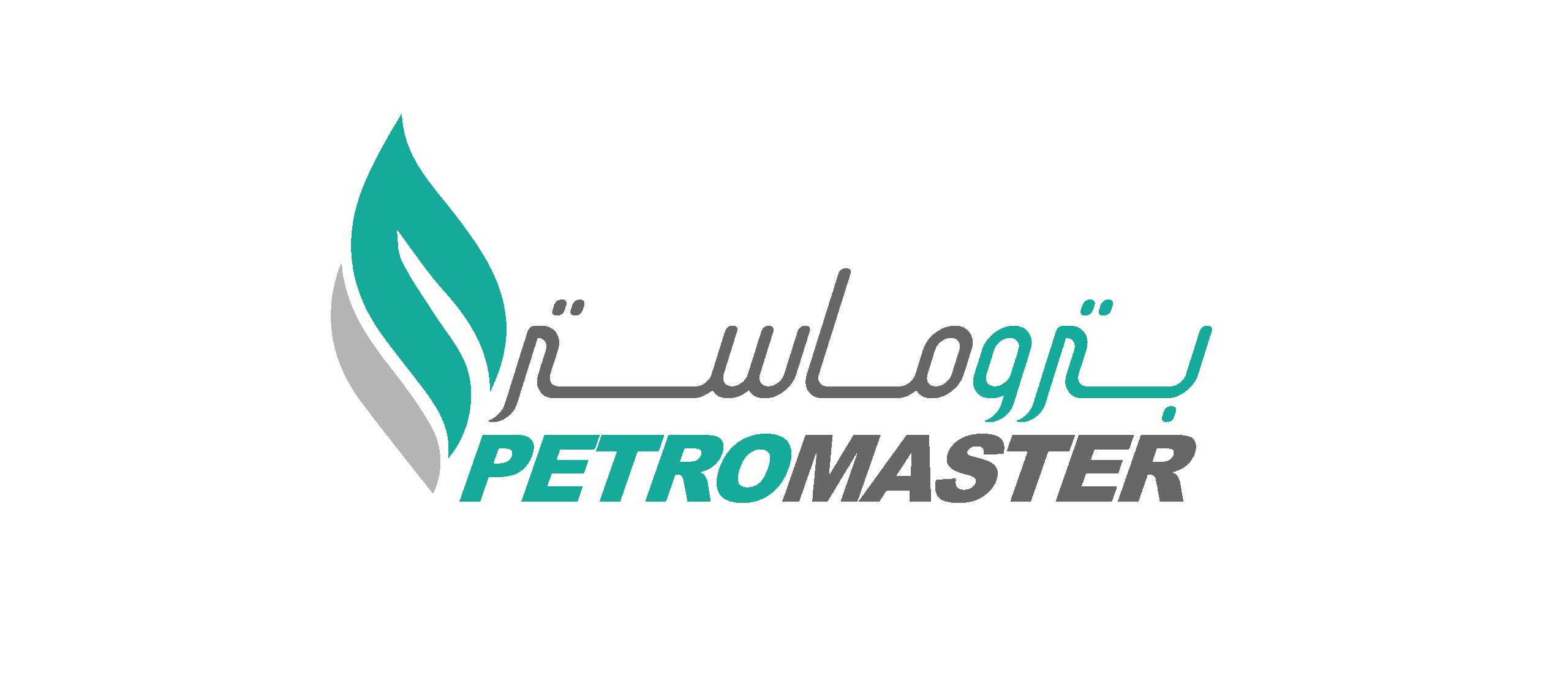
Why corrosion management is Important?
Corrosion can lead to the failure of oil and gas assets. The resulting leaks and spills can be dangerous to the environment and human health. It can also increase the cost of operating oil and gas assets by requiring frequent repairs and replacement of corroded components.
Therefore, it is important to implement effective corrosion management strategies to ensure the long-term viability and safe and reliable operation of oil and gas assets.
Corrosion Management Program (CMP)
Corrosion Management System (CMS) is the overall process that governed the assessment, planning, execution, and improvement in managing corrosion and DM related risks to ensure safe and reliable operation of existing and new assets. A CMS is most successful when it is integrated within an organization’s overall management system and tools are provided to create consistent processes and operating procedures so that employees from the top down can respond holistically and effectively when faced with corrosion-related incidents.
A strategy for Corrosion Management coupled with training that incorporates les sons learned, case studies, shared experiences, and best practices provides a foundation to guide companies towards stronger corrosion management practices. Providing employees across the organization with defined expectations of standard practice for corrosion management, benchmarks for fighting corrosion, can prolong the lifecycle and sustainability of the company’s critical assets.
Element of CMS are as following:
 Policy and Strategy
Policy and Strategy- Organizational Structure and Responsibilities
- Planning and Implementation
- System Performance and Monitoring
- Audit and
- Management Review
The first step is to develop robust and comprehensive CCDs, as they are an essential part of any mechanical integrity program. A CCD is the first document that an engineer should look at when planning any activity on an asset. Well-developed CCDs are historical records that summarize all information related to the asset and they define the dominant damage mechanisms. This is particularly important for an aging facility where most of the document might be missing and/or not digitized.
Key Benefits of Comprehensive CMP
The power of a CMP is its comprehensive and consistent approach that aligns objectives and efforts at every level of the organization, from senior management to contractors tasked with carrying out the prevention and mitigation procedures called for in the corrosion control plan. By aligning all facets of the organization and creating a common and agreed-upon understanding of asset protection challenges and solutions, the CMP:
- Allows an organization to prioritize, monitor, and maintain the integrity of an asset throughout its entire lifecycle, from design to decommissioning and demolition.
- Integrates with an organization’s existing asset integrity management system (AIMS) in order to facilitate a fully coordinated organizational response accountable to organizational objectives and stakeholder input. (This can be especially critical to public utilities.)
- Controls and optimizes all critical elements and pathways for corrosion prevention and mitigation, including risk assessment, technical analysis, work plans, and individual procedures and practices.
- Provides for the effective communication of asset protection processes, goals, and expectations to contractors, regulators, members of the public, and other external stakeholders.
- Creates efficiencies and increases ROI through process standardization and continual improvement.
- Promotes the application of industry best practices organization-wide and facilitates the communication of standards and best practices between organizations.
Contact us for further information at info@petromaster-sa.com



